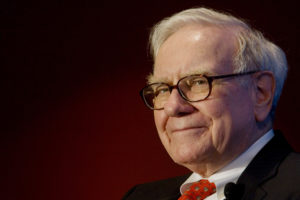In this post, you will learn:
- What Content ROI is for sustainable brands
- The importance of calculating content ROI for sustainable brands
- Why the new consumer environment requires content
- 10 specific areas where content shows success & positive ROIs
- What to measure when calculating Sustainable Brand Content ROI
- When to measure Environmental Content ROI
- When Content ROI calculations fail
When leading people to more sustainable solutions, we’re quickly met with trust and credibility hurdles caused by decades of greenwashing and misleading advertising. The way our predecessors approached marketing efforts has now, thankfully, started to change, especially for companies higher on the “sustainability spectrum.”

The “No Content” approach of the past where relying solely on print and digital ads, mailers, telemarketing, PR, trade events, and in-person sales now means leaving money on the table. Especially post COVID-19, not having a pro-content marketing plan means missing the leadership boat for your brand.
The solution? High quality, reliable, well-researched, written and shared content that informs and engages your entire community — now that’s effective marketing. Here’s why. We know first hand that Sustainable Brand CMOs have their hands full. Between managing the production of quality content and getting the buy-in they need for larger content budgets, there’s just so much to juggle. Often, the big struggle is demonstrating the hard numbers and ROI to get the budget necessary to launch successful environmental content marketing efforts. Mainstream ROI calculations are measured with ads, campaigns, and punctuated efforts, yet measuring Environmental Content Marketing’s ROI is a bit different. It’s a wider net of variables that are often affected and is thus much more valuable than appears at first glance. When appropriately measured, we know that environmental content is not only effective but a highly efficient addition for long-term business and industry-leading growth. So, here are some proof-in-the-pudding ways that your team can demonstrate the benefits of and garner more effective budgets for environmental content marketing.
First stop. A better world is possible if…
Let’s take a step back for a moment and observe the opportunities around us. We all know that there is an equal and opposite reaction for every action, which is to say that silver linings can and do emerge from major crises. We often see major innovations due to punctuated events, and human viewpoints begin to advance, shift, and see personal pivots on health, politics, careers, and marketing tactics. Like when the U.K.’s National Health Service built a 4,000-bed hospital in just four days. This new pandemic is no different when it comes to rapid shifts in solutions, lifestyles, and how we choose to communicate with each other.
Post COVID, climate change, systematic racism, gender inequality, basic human and environmental rights are now on the table for transformation. Times are changing, and people are participating in that change, even if that looks a little curious and varied. What is clear is the urgency for implementing mass education and reeducation on environmental topics to make way for solutions.
Circumstances continue to change for environmental companies. People are seeking healthier, more sustainable options, and investors are looking to green their investment portfolios and put their dollars into positive action.
Times are changing swiftly, and how we communicate with our community is too. Digital courses and webinars are up, and online expos are on the rise; everything is moving to a core of online content that is supportive, educational, and mostly transformational. That includes transformation toward better solutions like renewable energy, zero waste, reforestation, sustainable food and farming, sustainable products and services that are higher on the Sustainability Spectrum. With new norms for communication also comes the rise in Environmental Content Marketing. However, organizational communication shifts require proof of concept and ROI.
So what does content marketing ROI look like for a sustainable brand? Let’s take a look.
What is content ROI for sustainable brands?

For average brands, Content Marketing ROI is a percentage that shows how much revenue you gained from content marketing in comparison to what you spent. For environmental companies, there’s a bit more to include in this equation. Your sustainable company has a bigger goal of improving the quality of life and cleaning up the planet. Usually, this means disrupting the status quo on solar energy, solar battery storage, eliminating single-use plastic, sustainable construction, and so on. Improving lives and cleaning up the planet means looking beyond single bottom line sales analytics. Quantifying your impact with content involves understanding how you minimize other assumed costs like public relations, lead generation, and yes, even lobbying, to name a few. For example, authority content helps elevate your brand as a leader, educational content can support political change, innovative webinars can spark even bigger innovations, inspirational content can catch the eye of the media, and all of these various types of content can open unexpected doors that level up your sustainable business. If that wasn’t enough, do you think you can’t create an additional revenue stream from your content? Think again. Once developed, funded, and nurtured appropriately, your content plan can not only be calculated for effective ROI but be the asset driving it.
Adding to the litany of content tracking metrics, below is a basic recipe of items to track for environmental content marketing ROI:
- Engagement is key. How is your content engaging? Are you making a case for people to take action and make moves toward the goals you’ve set?
- Making the Switch. How does your content guide more people to “make the switch” and adopt your solution?
- Measurable Impacts. How does your content increase your measurable impact?
- Partnerships. How has your content impacted the quality and outcomes of your strategic partnerships?
- PR Opportunities. How often has your content attracted and improved the quality of your PR opportunities? Whether journalists reached out as a direct result of your content, used your content as a reference source, or as a source of help in telling your story, measuring your content’s impact is key for understanding the ROI or value this is bringing back to your company.
Why is it important to track content ROI for sustainable brands?

What we can measure, we can surely improve. Keeping track of profits while delivering critical education will help make careful, thoughtful measurements of your ROI. When more people adopt green brands and sustainable initiatives, it leads to bigger environmental impacts, a greater ROI for all. It’s a proportional relationship; the better your solution, the more you share and educate on it, the more people “make the switch,” and the better your impact on the planet. For this equation to play out to the best of its ability, people need the education to lead them to the answer, to lead them to your solution.
It’s essential to calculate content ROI because it’s a core driver of long-term sales conversions for sustainable brands. Therefore, tracking content ROI for the C-suite means showing proof that your marketing efforts are paying off. It’s also vital for learning where to pivot when necessary. It informs and validates the content topics, and it keeps teams in tune with the goals. Tracking content efforts will help you know if consumers, investors, vendors, supply chains, media contacts, advocates, and influencers are becoming more informed and sharing your content. It’s important to track content ROI as content is a force that strengthens many efforts in an organization.
Investing in content for the new consumer environment

Before the COVID-19 pandemic, people were beginning to take the environment and their health into consideration much more when making buying decisions. This interest in sustainability has since increased after COVID-19. Looking at a Deloitte Global Marketing Trends study of consumers and executives on how to understand better how consumers and executives are responding to these new consumer environments:
- more than 25% of those who noticed brands acting in their own self-interest walked away from those brands
- more than 70% agreed they valued digital solutions that deepened their connection with other people, and 63% believe they will rely on digital technologies more than they did before the pandemic, even well after it subsides
- 58% of respondents could recall at least one brand that quickly pivoted to better respond to their needs, and 82% said this led to them doing more business with the brand
We’re all seeking more sustainable products and services. C-suite executives are seeing significant declines in consumer confidence. People know what greenwashing is and are hesitant to trust brands claiming to be eco-friendly, eco-conscious, green, or sustainable. Environmentally-focused companies have double, maybe triple the work to prove they are viable environmental solutions worthy of trust.
If you are new to leveraging content for your environmental brand, knowing how to measure your content’s success means examining the myriad of ways content is valuable and brings successful outcomes. Here are the areas to look for content ROI success.
environmental content marketing
10 areas where environmental content marketing can yield a positive ROI

#1 Improved leads
It’s all about the quality. Quality content produces quality leads and buy-in. If you’re a B2B company, analyzing the people who are buying your products or services will mean finding out what your prospects’ pain points are and what environmental processes they need to understand better. Then your job is to create content that supports them in their buying process.
Here are some questions to ask for ensuring that you’re on the right track when developing content that improves quality lead generation.
- For B2B clients, what content/education will help them get buy-in from their C-suite executives and decision-makers?
- What do your solutions look like during a crisis, like a pandemic? Where can you demonstrate support in your content? How will your sustainable company be an asset to clients during this time?
- What pain points are your sales team experiencing?
- How does your team feel about your company? What does your staff already know, and what do they need to learn more about? What are they excited about most?
- How much time do your sales leads have to consume information (minimal or do they have time to make digest longer content forms)?
- What formats and platforms do your leads prefer getting information?
Every piece of content you create and disseminate will be more valuable with clear call-to-actions and engaging components. You can make your lead-generating content strategic when you know enough about your leads to educate and qualify them.
#2 Improved sales – measuring sales ROI from content can increase content budgets
Every piece of content will have a specific goal in order to measure the ROI from each content. The importance of not separating your marketing and sales team is paramount. The reason environmental content marketing is so powerful is that it is doing everything in its power to achieve your company’s goals through strategic communication efforts. A big part of those goals is sales. “There is no reason why sustainability cannot be profitable — as it is inherently valuable. Health, clean water, clean air are all quality of life necessities; therefore, sustainability must be recognized as profitable for it to be the norm and sustain its essential place in a functioning society.” Denise Anderson-Rivas Director of Environmental Education & Content at A.R. Environmental Content Marketing House.
Creating content that supports the sales process and team will involve tracking the content. Drawing out specific strategies in a diagram for each piece of content is a way to keep track of results. If a sales email is sent out, it will be beneficial to track the clicks and its many deals. Paying close attention to each page created will not only show how many leads were turned into sales, but it will also give you inside knowledge on what other types of helpful content to create to keep people engaged and repeat customers.
#3 Increased web traffic
Your website is the hub of your content. Every page has a goal and strategy to take people on the important educational journey to engage with and commit to your brand’s solution. The more helpful you are here, the bigger your ROI, the more traffic and conversions you get, the bigger content budgets you can garner. Your site is a place to keep updated with valuable content, lead people to sign-up, engage, and join the cause. Tracking how many visitors, how long people stay on your page, where they end up, where they’re clicking, where they’re signing up, where they’re commenting, where they’re referred from, and so on will allow you to know how well each piece of content on your website is performing. Your team will know what information you may want to add or alter and if you need to be more or less assertive with your call-to-action. Great website content will attract more people via stellar SEO, shared content, affiliate shares, and all of the channels your content is shared to.
#4 Improved onsite engagement
The goal is to continue building relationships and engagement leveraging your company’s website content. Measuring your customer relationship building’s success and how often people return and find value is critical to ensuring your content is keeping visitors increasingly engaged.
#5 Accelerated social media conversion
Look to your social media microcontent to see if your content is driving sales conversions. How are people engaging with your social content? Are they sharing it, commenting on it, going to your campaign pages, checking out, and converting? Getting creative with engagement on social media while delivering high-value content will create a feedback loop. The information you receive from engagement will also help develop even more valuable content that your community wants. Something as simple as creating content that answers people’s questions can add immense value and make your audience smarter.
#6 Stellar search engine optimization (SEO)
The more helpful your content, the higher you will rank on Google; it’s as simple as this fact. Yes, that means you can pay less for google ads or opt-out of paid google ads altogether and rank organically. Yes, quality content doesn’t need ads behind it; however, depending on your goals putting ad spend behind quality content will take it that much further. Making sure your content ranks well for your target keywords, appearing in answer boxes for relevant terms, making sure you have high domain authority, and getting inbound links are measures always to track. Everywhere content is housed will need SEO tracking and updating. The only way to focus on your SEO strategy, now and into the future, is always to create valuable, beneficial content.
#7 Next level exposure and topic authority
Stellar content helps build authority on a topic, making sure people view your company as a leader to source reliable information. Most often, this type of leadership content is educational. Educational content is often easily and quickly shared with friends and family, driving traffic to your website. This increase in reach provides the potential to generate leads and sales. Leadership content also paves the way to getting media coverage from respected outlets. You will quickly find that your content is adopted and mentioned in relevant radio and television shows. When tracking media mentions, note the important role your educational content played in building relationships with journalists and other media contacts. In turn, these efforts will get your brand in front of a wider audience. It’s very important not to skimp on quality content for this reason because these relationships and opportunities take time to build. Content is 20% of the battle; 80% will be the action of marketing your business and developing the relationships that come with the territory of leveraging quality content. Leveraging content for increased brand recognition and topic authority in your industry sparks countless possibilities to open.
#8 Better PR & journalist engagement
When journalists have interesting, helpful information on your brand, they more often than not write about it because, hey, you gave them a reason to! With environmental companies, you probably want more than a forced write up. You want to become eligible for awards, highlighted on new innovation lists, create new opportunities, collaborate with people in your industry. This creates new sections in publications, and new journalists need to understand what’s new, what’s the big deal, and how to talk about it.
#9 More quality partnerships for environmental companies
For environmental companies, partnerships often mean collaboration to raise awareness on a particular topic and often to highlight the breakthrough in your industry. Content plays into partnerships by acting as a magnet. The more compelling and educational the content you produce is, the more other brands will want to be a part of what your company is doing. Opening opportunities for co-branded content, co-branded products, event partnerships, partnerships for education, partnerships for environmental staff training, cost-sharing for advertising, and a host of other benefits – these partnerships for the planet are something we like to call the “supernova effect.”

People are all coming to terms with the fact that we cannot achieve sustainability or success in general without more people and companies collaborating. Brands coming together and educating on their zone of genius in a collaborative fashion pays off with:
- More awareness for your respective companies
- Wider distributive network
- Overall cost savings
- More opportunities for innovative ideas when everyone is a player at the table
- Bigger opportunity to make a measurable impact on the planet and society
#10 Demonstrating your impact on the planet
 Suppose you’re offering a sustainable solution for the planet. In that case, most likely, your ROI is directly tied to your impact on the planet. We live in a time of exasperated natural disasters, environmental pollution; we see the direct effects of climate change play out. While all of this is going on, it is being documented with smartphones – the people are now the environmental news beat. And they are (we are) rightfully concerned with our health and the environment and learning that the two are inextricably connected. We want to know which corporations are greenwashing and which are daring to do really great things for the planet and are acting as guardians of our health. That differentiation is usually accomplished with transparency. People want to see those receipts for your positive, measurable impact because talk is cheap. All eyes are on the sustainably innovative businesses and how they are contributing to a better future. The better information you provide, the more shareable your content will be, and the more people will engage with your organization. Hey, they may even take your educational info and make better decisions based on it. Now that’s what disrupts a stagnant market. Measuring your impact and sharing relevant content on it is one of the best plays you can make right now.
Suppose you’re offering a sustainable solution for the planet. In that case, most likely, your ROI is directly tied to your impact on the planet. We live in a time of exasperated natural disasters, environmental pollution; we see the direct effects of climate change play out. While all of this is going on, it is being documented with smartphones – the people are now the environmental news beat. And they are (we are) rightfully concerned with our health and the environment and learning that the two are inextricably connected. We want to know which corporations are greenwashing and which are daring to do really great things for the planet and are acting as guardians of our health. That differentiation is usually accomplished with transparency. People want to see those receipts for your positive, measurable impact because talk is cheap. All eyes are on the sustainably innovative businesses and how they are contributing to a better future. The better information you provide, the more shareable your content will be, and the more people will engage with your organization. Hey, they may even take your educational info and make better decisions based on it. Now that’s what disrupts a stagnant market. Measuring your impact and sharing relevant content on it is one of the best plays you can make right now.
Every piece of content across various platforms will be measured differently, depending on your goals, metrics like increase in followers, conversions, how many people reacted, commented and shared your post. Whatever your goal is, you will benefit from measuring how well that content performed, then adjust and keep improving. Then you measure your impact and correlate this back to measuring the impact of your content. How many people did you help, minds did you sway, habits did you change for the better? Think of your content as an ecosystem, and measure the results by its impact on people, the planet, and profits.
What to measure when reporting ROI for sustainable brand content?
Each piece of content will have specific goals. The content will not only be helpful but create an action for the leads to take. This will all depend on your business goals. Although there are challenges to measuring content ROI, tracking all the places your content will end up, and the journey you want people to take will be where and what to report. With that, you can measure the impact actions and adapting your company’s solution will have on the planet. You will not only want to track leads and sales but all of your goals.
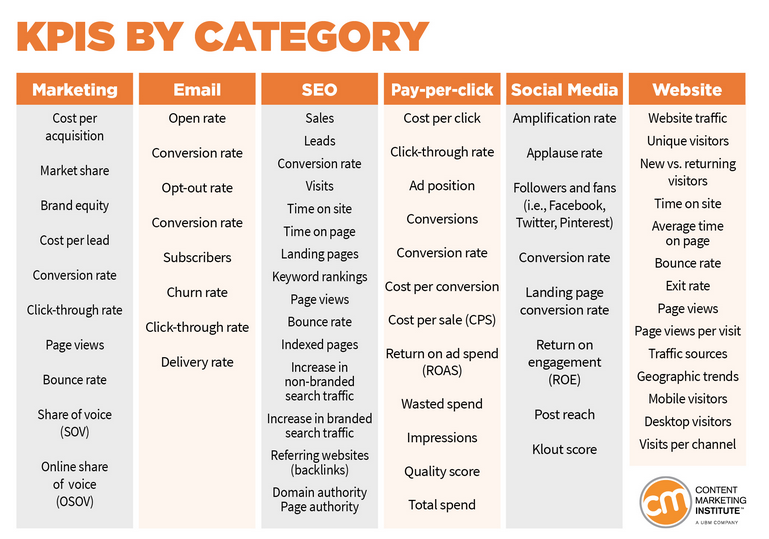
When do you measure environmental content ROI?

The short answer is constantly. However, the goal and the content format will be critical in knowing when to measure your environmental content ROI. If your goal is to attract leads starting with a blog article post, you will want to track after you start disseminating. Then the microcontent you create for social media, you will want to check weekly or monthly depending on your goal. As a point of comparison, ads are different to measure because they have a start date, but most importantly, they have an end date. On the other hand, content takes time to catch, be shared, and get ranked; it also does not have an end date.
Depending on your content and goals, there will be times you measure your content daily, weekly, monthly, quarterly, annually, and per decade. The older your content gets, the better metrics you will likely have. Of course, this is all dependent on the content quality, dissemination efforts, and strategy that went into it in the first place. Applying the 80/20 rule will be an essential part of your efforts, spending 80% of your time disseminating your quality content.
Where ROI for environmental content goes wrong

Measuring the ROI of content marketing takes a lot more creativity especially for sustainable companies. There are traditional tools to use like Google Analytics, email marketing metrics, social media analytics, CRMs, and full orchestra software reporting. Starting with some concrete goals and measuring your content results is a collaborative effort bringing everyone in your company to the table. How is every department seeing results from the content? What new content will support efforts for various roles in your company? Measuring your content will always result in a myriad of returns. It will keep your sales and marketing departments laser-focused on achieving your business goals, create ideas for business ideas and opportunities. Without measuring your content success, it will be hard to explain why content is important and to gain buy-in from decision-makers. It’s very exciting to measure all the opportunities from quality content; it’s encouraging and invokes creativity throughout the company.
However, there are pain points that prevent teams from measuring ROI accurately, and thus undervaluing it. Those factors include:
- Lack of tools
- Lake of time
- Lake of training
- Having vague goals/objectives
Where calculating ROI for Environmental Content goes wrong is not investing in the goal-setting, set-up, training, tracking, and evaluation of it. Each piece of content performs a duty for your business, and the outcome can be seen in many areas. It’s important not to miss the boat on analyzing these results to keep up the content momentum.
A new world means a time to teach, reach, and measure what you preach

With the acceleration of Environmental, Social, and Corporate Governance (ESG) and sustainable initiatives, sustainable and purpose-driven solutions are gaining more attention. Now is the time for sustainable companies, organizations solving some of our biggest environmental problems to participate and take action for the world you wish to exist in. Create the content and deliver the message that will uplift your customers, partners, vendors, and staff out of crises and into the future where we can all thrive. Environmental, education-based content marketing will be worth it, and you can count on that. Still, it’s important to measure and deliver a well-rounded view of the ROI it will bring.
ENVIRONMENTAL MARKETING
Resources:
https://journals.sagepub.com/doi/full/10.1177/1050651919874105
https://sloanreview.mit.edu/article/what-a-crisis-teaches-us-about-innovation/
https://www.semrush.com/blog/measure-content-marketing-success/
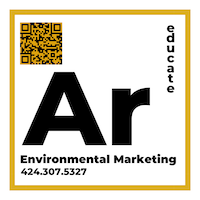
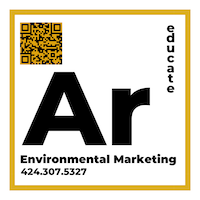

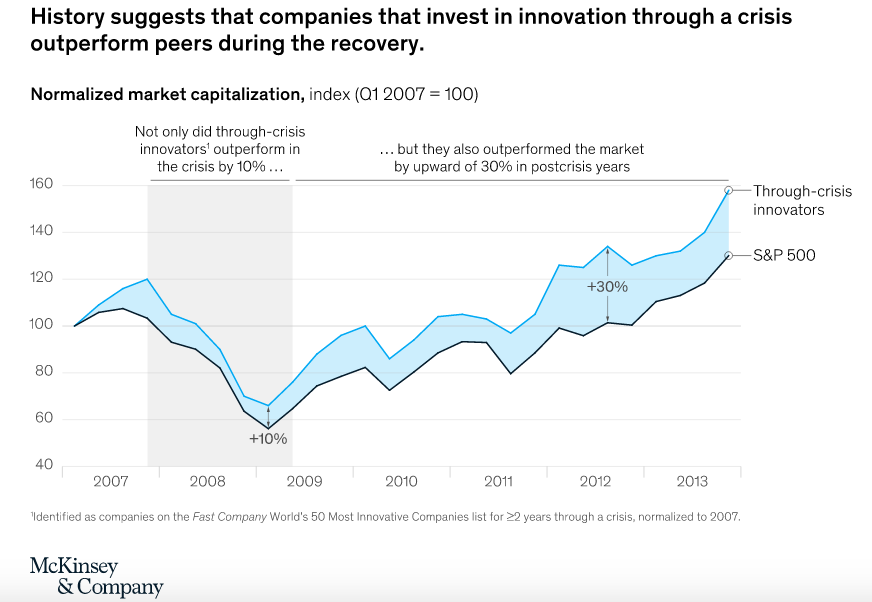




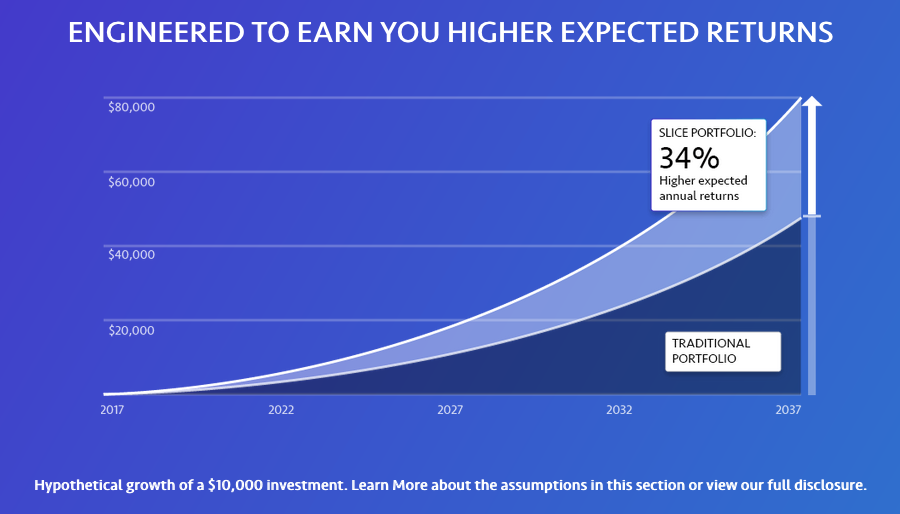


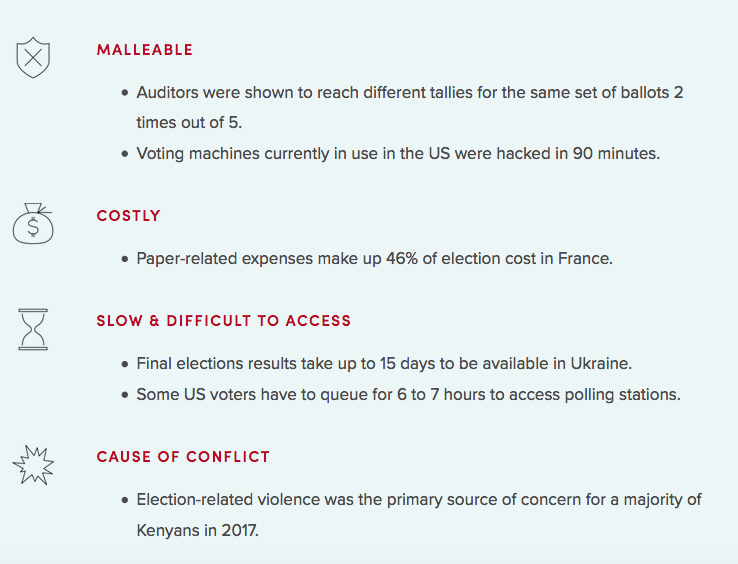


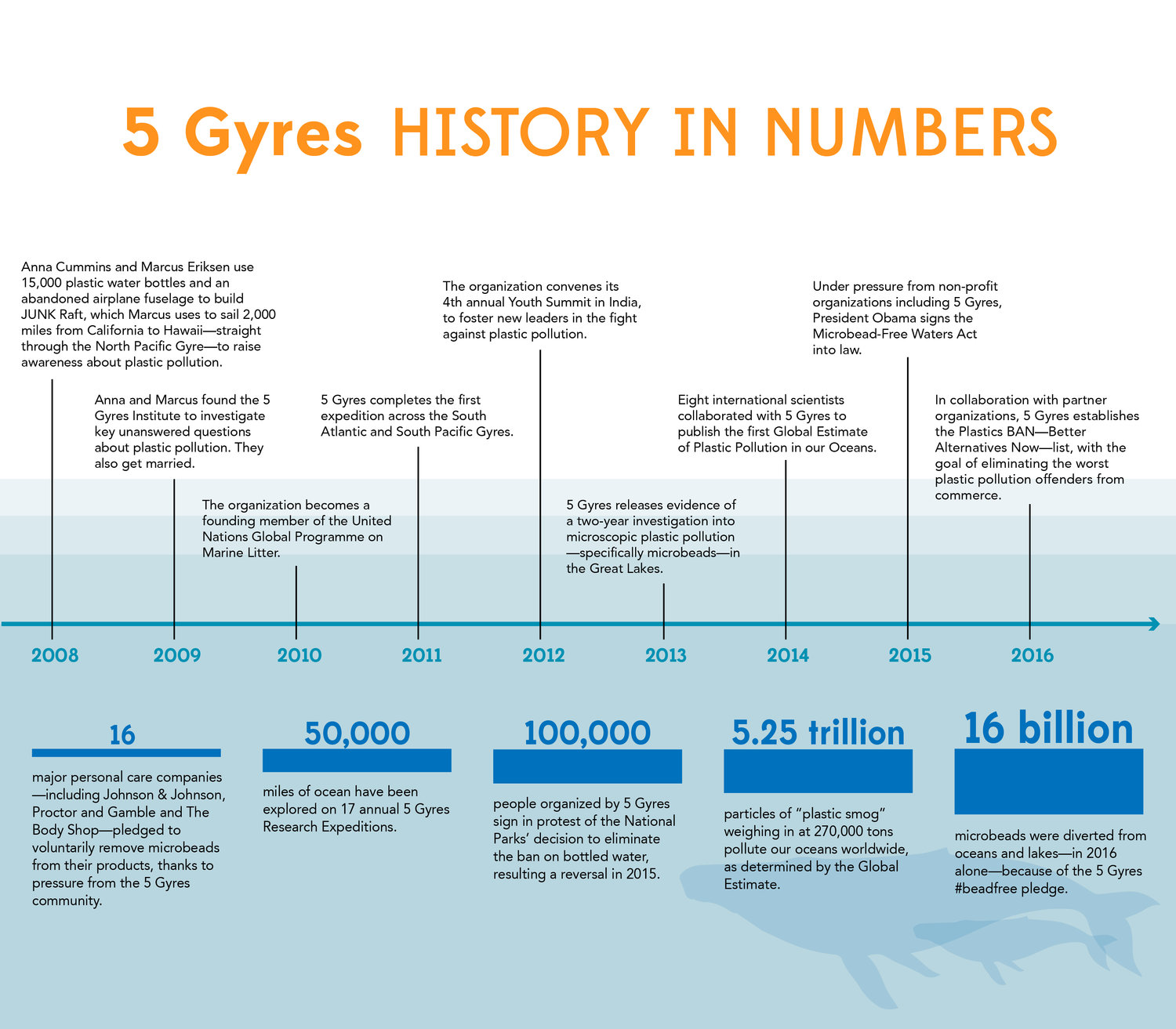



 Andrea Ritchie is black lesbian police misconduct attorney, researcher, writer, and advocate for criminalization surrounding women, girls, and LGBT people of color. Ritchie also helped found and coordinate Streetwise & Safe (SAS), which serves as a leadership development initiative that focuses on sharing “know your rights” information along with strategies and visions for change among people facing the issues she seeks to represent. Ritchie now also serves as the SAS Senior Policy Counsel.
Andrea Ritchie is black lesbian police misconduct attorney, researcher, writer, and advocate for criminalization surrounding women, girls, and LGBT people of color. Ritchie also helped found and coordinate Streetwise & Safe (SAS), which serves as a leadership development initiative that focuses on sharing “know your rights” information along with strategies and visions for change among people facing the issues she seeks to represent. Ritchie now also serves as the SAS Senior Policy Counsel.